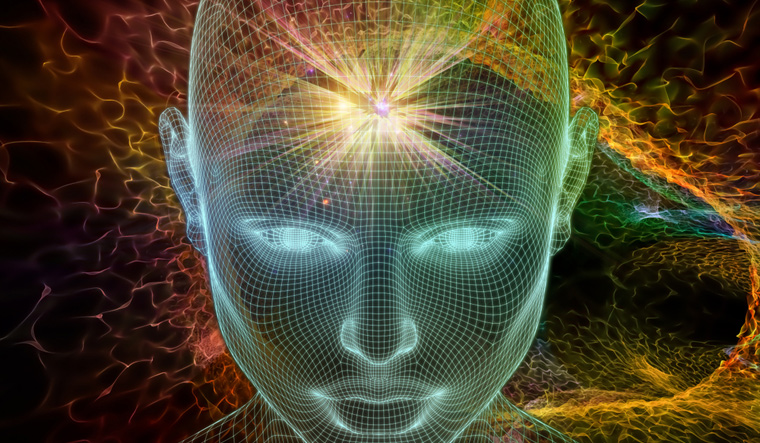A recent study led by researchers at Dartmouth College has identified a new neural coding mechanism that enables the transfer of information between perceptual regions and memory areas of the brain. The findings challenge the traditional understanding of brain organization, which suggested that perceptual regions represent the external world based on retinotopic mapping, while memory areas encode information in an abstract format, devoid of physical details .
The researchers conducted a series of experiments where participants were tested on perception and memory tasks while their brain activity was recorded using functional magnetic resonance imaging (fMRI). The team discovered an opposing push-pull-like coding mechanism that governs the interaction between perceptual and memory areas in the brain. When light hits the retina, visual areas of the brain respond by increasing their activity to represent the pattern of light. In contrast, memory areas of the brain respond to visual stimulation by decreasing their neural activity when processing the same visual pattern .
The study's co-lead author, Adam Steel, describes the encoding of the world in memory-related brain areas as resembling a "photographic negative" in space. This negative representation plays a role in the mechanics of transferring information between perceptual and memory systems .
The results of this study provide new insights into how the brain encodes and transfers information from perception to memory. By understanding these mechanisms, researchers can gain a deeper understanding of how memories are formed and retrieved, shedding light on the intricate workings of the human brain.


